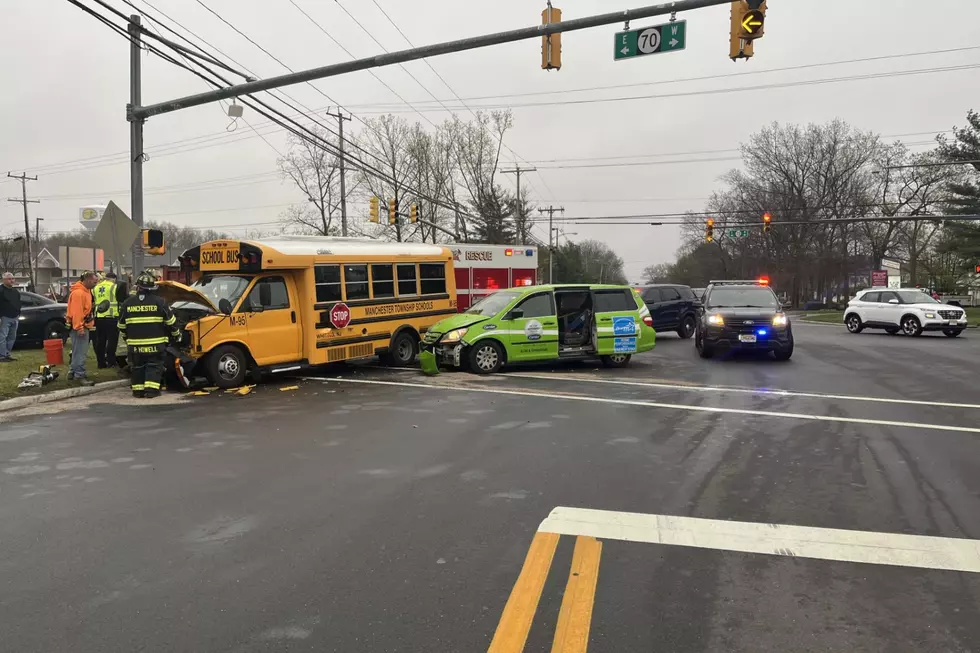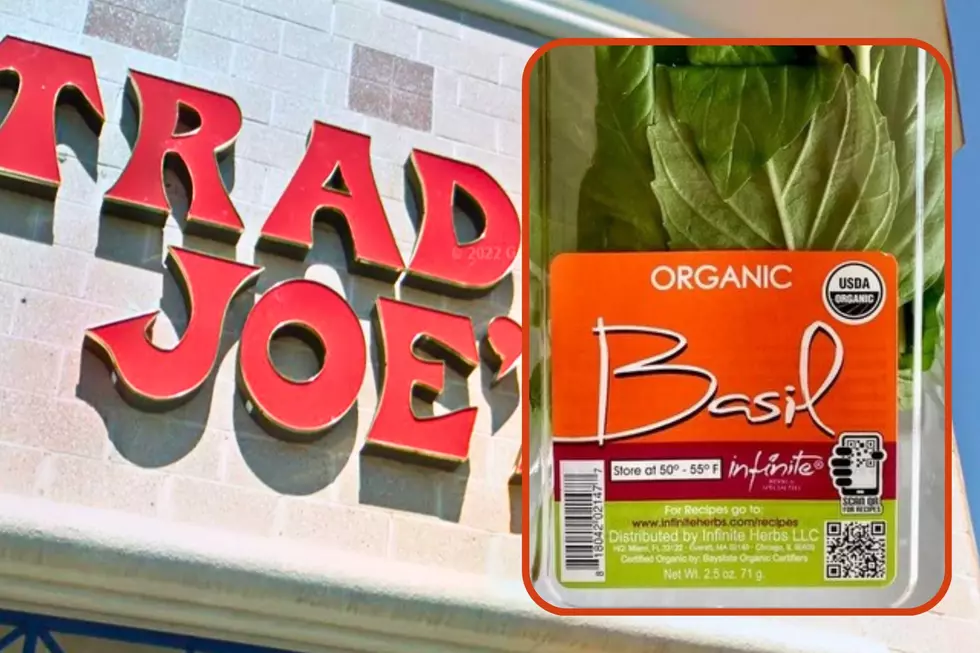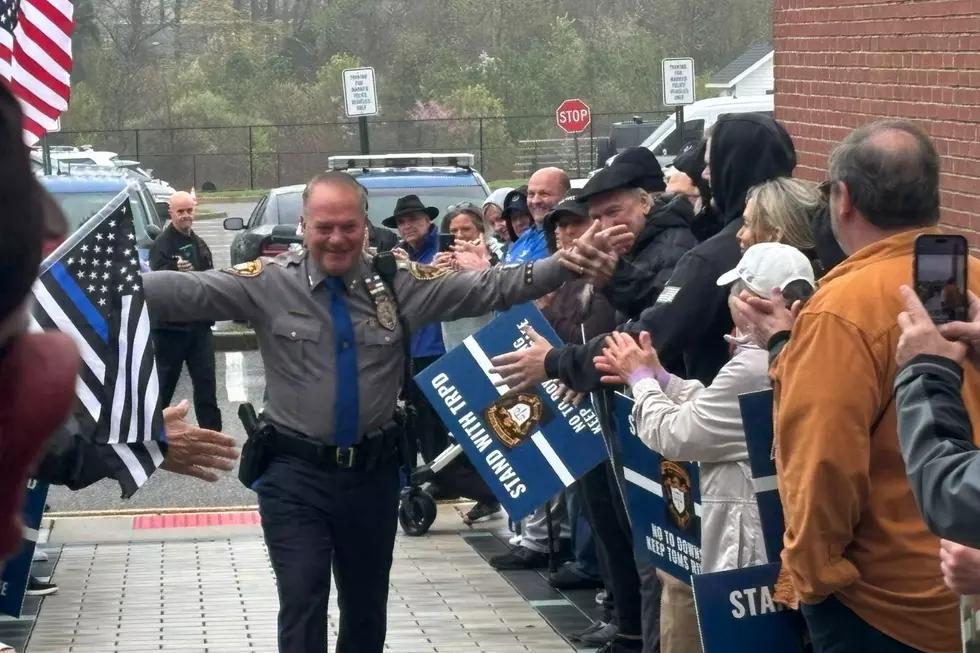
Stars Campaign to Keep Kid Pix Out of Media
Suri Cruise did not ask for fame. Yet she's been chased by cameras practically from birth, with no choice in the matter, because her parents are Tom Cruise and Katie Holmes.
Kristen Bell is exasperated just thinking about it. "Suri Cruise is not fictional. She's a real little girl ... and it's just not fair," Bell says.
The 33-year-old actress and mother has been leading a growing movement among Hollywood stars aimed at reducing media demand for paparazzi images of celebrity kids and she's using the plight of 8-year-old Suri as an example.
Launched in January, Bell's No Kids Policy gained almost instant traction by hitting the entertainment media where it hurts: celebrity access, which translates into viewers, readers and profits.
Bell got a bunch of stars, from Jennifer Aniston to Jennifer Lawrence, who agreed to decline interviews with TV and text outlets that use paparazzi photos or video of children that were taken without their parents' consent. Then she met with entertainment media executives and told them either agree to her No Kids Policy or celebs will stay away.
Now, through upcoming media interviews and meetings with "mommy bloggers," Bell is taking her cause direct to consumers, asking them to consider the circumstances around the starry images that beckon at grocery check stands.
"There is no way for a child to wrap their head around the fact that they are a cog in this machine," Bell said in a recent interview. "All they experience is the predatory sense of being hunted."
And the actress would sooner quit the business than subject her 11-month-old daughter, Lincoln, to such a media scrum.
"I like being an actress very much," she said, "but I love being a mother and it is a very clear decision which one I would choose."
Bell and her famous colleagues can't outright refuse interviews as they leverage the power of celebrity to stomp out invasive imagery of kids; contracts typically obligate them to promote their movies and shows. But they can be picky about which outlets they'll work with.
Star-driven shows and magazines such as "Entertainment Tonight" and Us Weekly, which rely on images from freelance photographers and independent photo agencies to help illustrate their stories, say it's easy to support Bell's effort. But their interpretations of compliance vary.
"Entertainment Tonight" executive producer Brad Bessey said he would not use paparazzi-generated photos of celebrity kids under any circumstances, while Us Weekly editor-in-chief Mike Steele might consider such images in cases of breaking news involving the children.
Steele said the new policy hasn't impacted editorial operations at the magazine, other than requiring an extra step to get consent from celebrity parents before publishing images of their kids. Some agree and some don't, he said.
Like other entertainment news outlets, Us Weekly also uses social media for pictures of star children, which are inherently approved when posted by their celebrity parent.
So with varying sources for kid photos — approved or not — how does Bell monitor compliance? She and her publicist are doing it themselves, they say, and it isn't easy.
Tuan, a freelance paparazzo who shoots for the Phamous Photo agency, said he hasn't seen any change in demand for his pictures, which sometimes include unauthorized images of celebrity kids.
"We have these long lenses and keep our distance. We let them enjoy their weekend," Tuan said. "The kids generally don't know what's going on."
Two major celebrity-photo agencies, Splash News and x17, also continue to distribute paparazzi images of children. Both declined to be interviewed for this story.
Weekly magazines Life & Style, OK! and In Touch, and websites such as TMZ, haven't signed on to Bell's policy and continue to publish paparazzi pictures of kids. TMZ and OK! did not respond to multiple requests for an interview.
Bauer Media Group, which publishes Life & Style and In Touch, did not grant an interview, but said in a statement that its editors follow "rigorous guidelines." The company did not elaborate.
In Touch magazine runs a weekly feature called "oh baby!" filled with images of celebrity kids. A recent issue included various shots of Miranda Kerr and Orlando Bloom's 3-year-old son, Flynn.
It is not illegal in California to photograph a minor in public, but such photos can't be used commercially without a release. And steps are being taken in the California legislature against photographers who harass children of the famous.
Yet the power of celebrity and a mother's drive could be the most effective force of all.
Says Bell: "I'll argue until my dying day that my daughter should not be affected by my career choice."
But what about paparazzi photography? Here's a look at the other side of the lens:
1. Are all celebrity photographers considered paparazzi?
No. The Italian word "paparazzi" refers to independent photographers who pursue celebrities to take candid images, unlike photographers from credentialed news outlets who are invited to cover celebrity events.
2. How do paparazzi know where to find celebrities?
Many get information from tipsters regarding celebrity whereabouts, such as airport arrivals or restaurant reservations. Others memorize license plate numbers of celebrities' cars, while some stake stars' homes and hangouts. Still others frequent film sets, rehearsal studios and farmers' markets that stars are known to attend.
3. How do paparazzi sell their photos?
Successful freelance photographers distribute their images through photo agencies that deliver content directly to magazines, websites and news shows. The photographer edits his take, then uploads it to an agency's server. Sometimes, paparazzi sell images direct to media outlets.
4. How valuable are these photos?
Unique photos make the most money, says Tuan, a paparazzo who shoots for Phamous Photos. He says he made $17,000 for a picture of Katie Holmes with baby Suri. The image was taken with a long lens from a helicopter, and it was an accident. Tuan was on assignment for a photo feature about celebrity homes and didn't realize until later that he'd captured the first image of Holmes with her daughter.
5. How does someone become a paparazzo?
Any photographer or videographer may join the industry. Patience, tenacity and drive are required, as the working environment is competitive and cutthroat. There's no guaranteed payday, so paparazzi are always on the chase for that money shot.
More From New Jersey 101.5 FM









